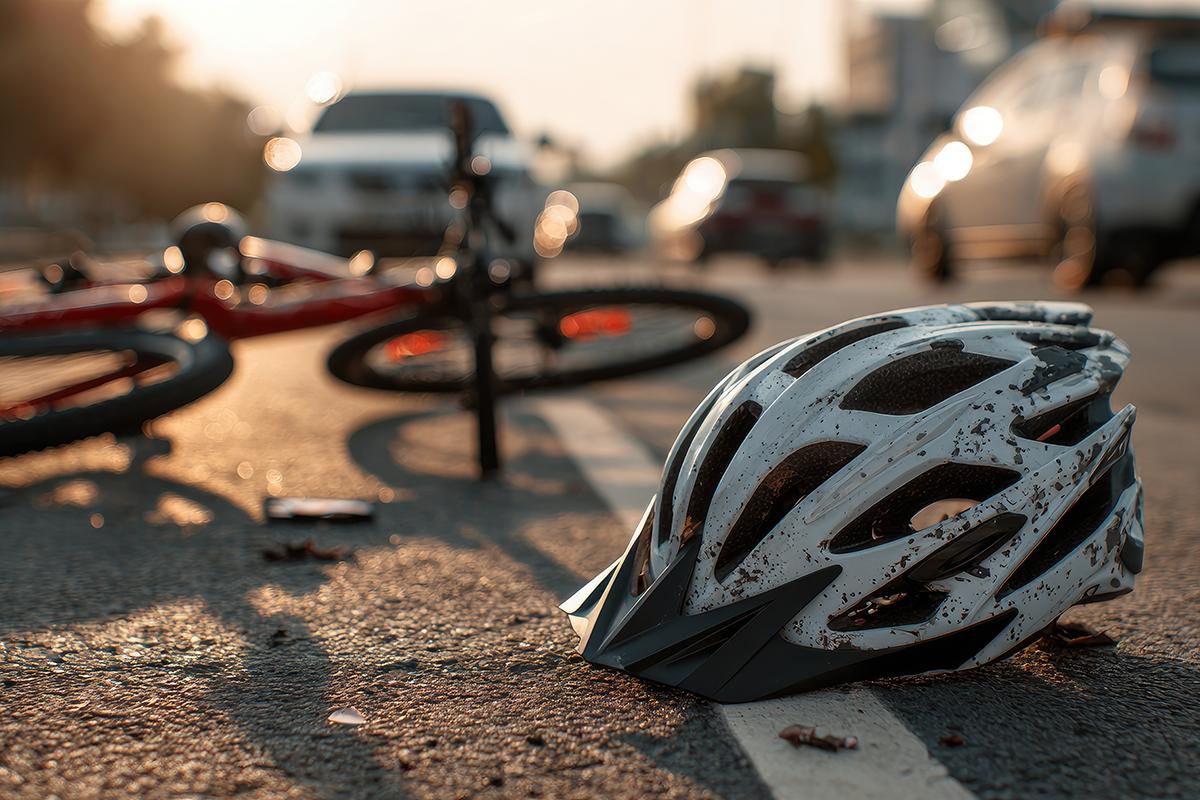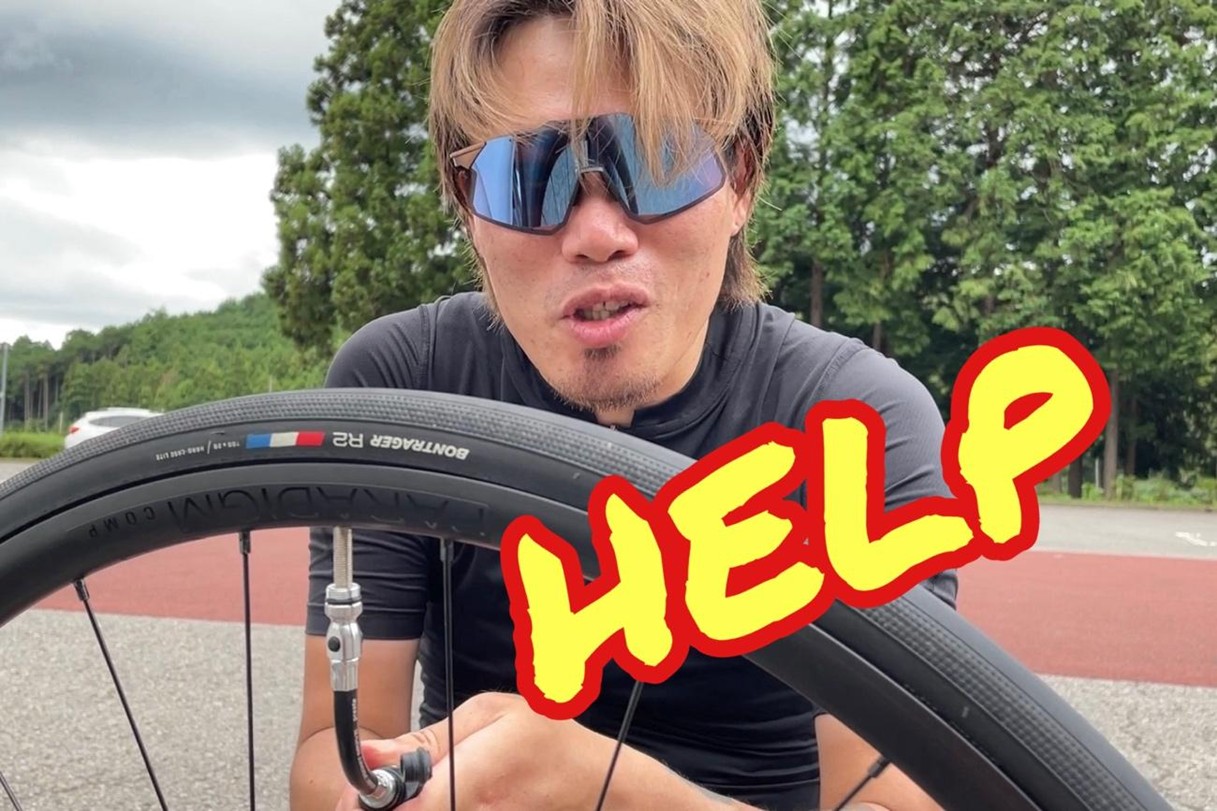Your Lifesaver in an Emergency: Essential Japanese Phrases for Cyclists in Japan
During your ride, unexpected troubles can happen—like a flat tire, a broken chain, getting lost, or feeling unwell. In such situations, knowing how to express yourself in Japanese can help you get assistance quickly and safely.
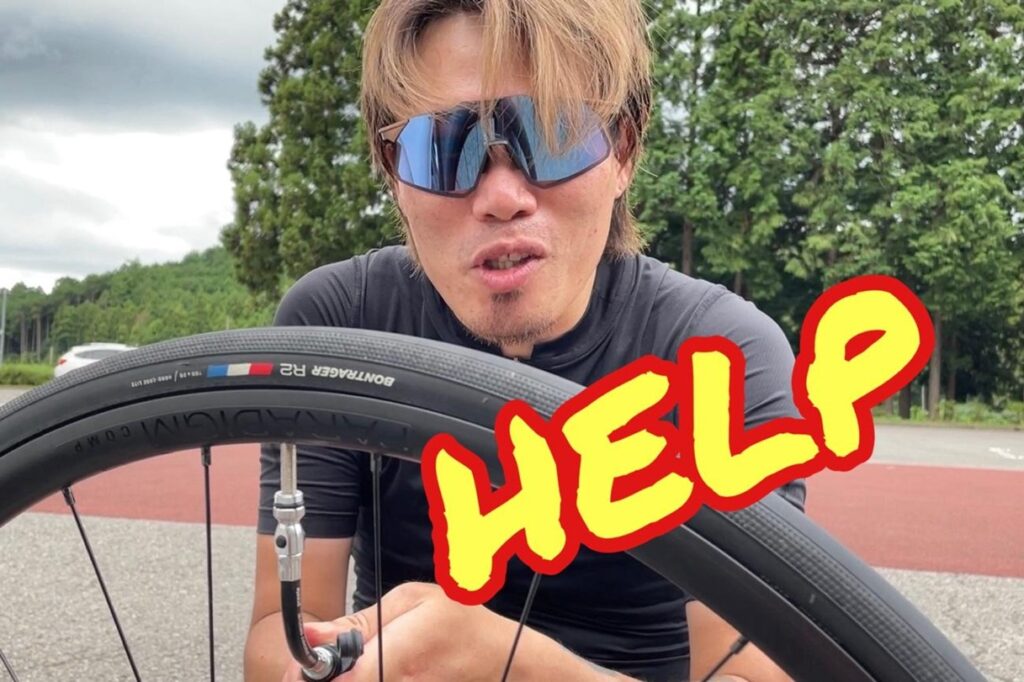
This article introduces essential Japanese phrases for non-native speakers, along with examples of when to use them and cultural tips to make communication smoother.
1. Bicycle Trouble
If you get a flat tire
パンクしました。
Panku shimashita. — I have a flat tire.
→ Simple and clear. Let the other person know your situation first.
空気入れを貸してください。
Kūki-ire o kashite kudasai. — Please lend me a pump.
→ Useful when asking another cyclist, convenience store staff, or a café for help.
自転車屋はどこですか?
Jitensha-ya wa doko desu ka? — Where is a bike shop?
→ Use this when looking for the nearest repair shop.
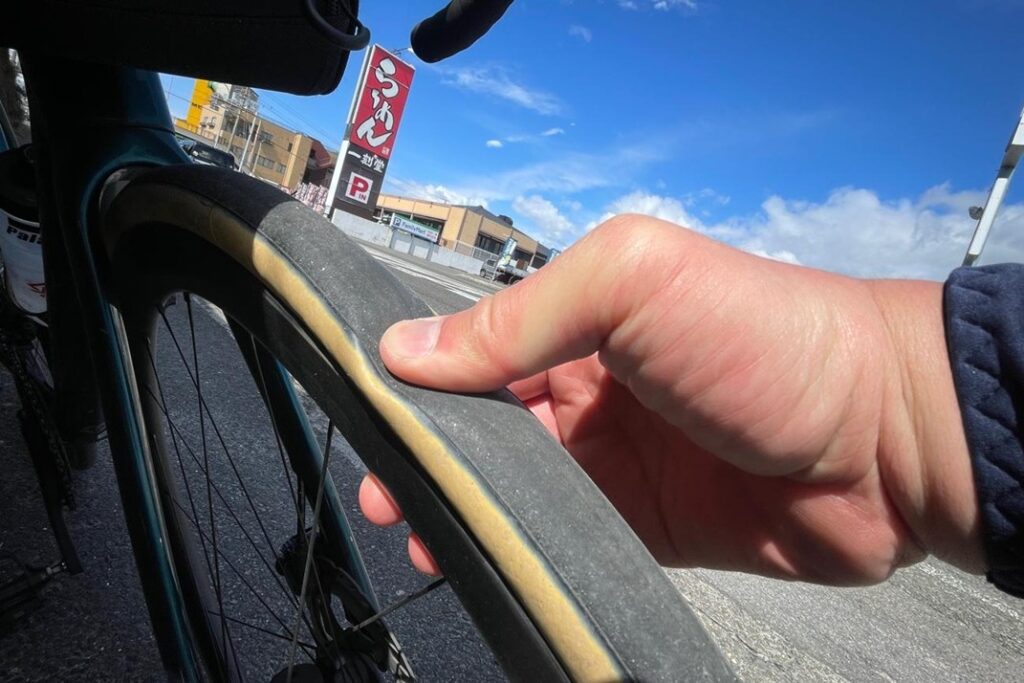
2. Mechanical Problems
Chain or gear issues
チェーンが外れました。
Chēn ga hazuremashita. — The chain came off.
ブレーキが効きません。
Burēki ga kikimasen. — The brakes are not working.
修理をお願いできますか?
Shūri o onegai dekimasu ka? — Could you repair it?
3. Getting Lost
In rural Japan, English signs can be scarce. Showing a location on Google Maps or a paper map while asking is highly effective.
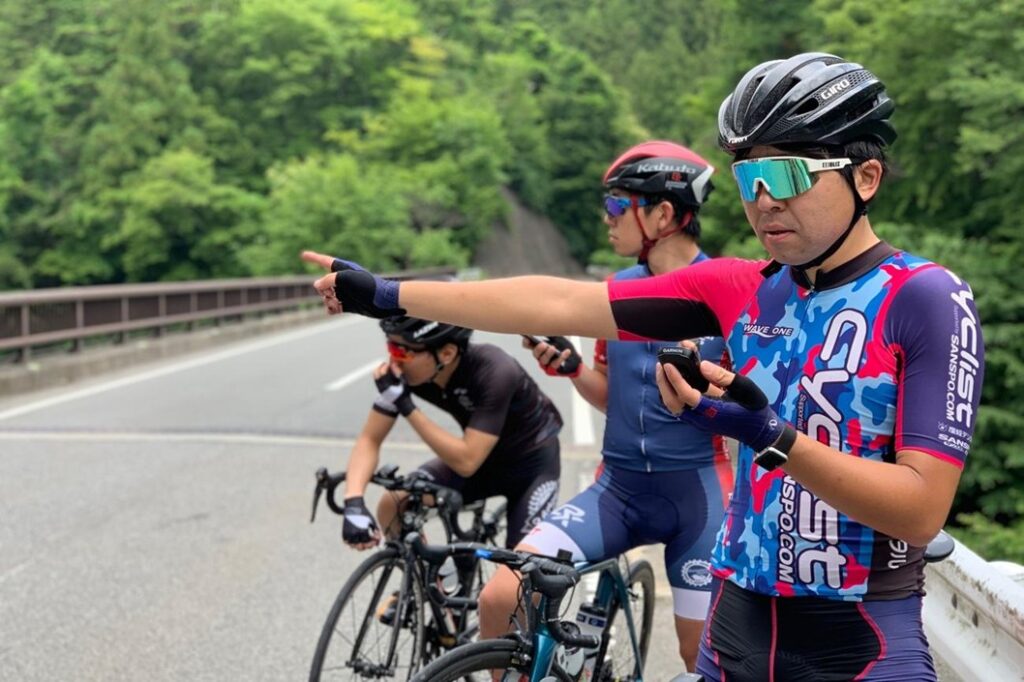
ここへ行きたいです。
Koko e ikitai desu. — I want to go here.
この道で合っていますか?
Kono michi de atteimasu ka? — Is this the right way?
駅はどこですか?
Eki wa doko desu ka? — Where is the train station?
4. Cultural Tips
Politeness goes a long way
In Japan, even in emergencies, using polite expressions like “お願いします” (onegai shimasu) or “ください” (kudasai) makes people more willing to help. A softer tone can make a big difference.
Combine gestures with maps
If language is a barrier, pointing to your destination on Google Maps or a paper map helps. Showing place names in Japanese characters increases understanding.
5. Useful Tools
Translation apps: Google Translate can work offline if you download the Japanese language pack beforehand.
Notepad and pen: Handy when your phone battery is dead or there’s no signal.
Emergency contact card: Include your accommodation address, emergency contacts, and a brief description of your condition in Japanese.
6. Final Thoughts
Cycling in Japan is safe and enjoyable, but language barriers can become stressful in emergencies. The phrases above are just a starting point, but knowing them can give you much more confidence.
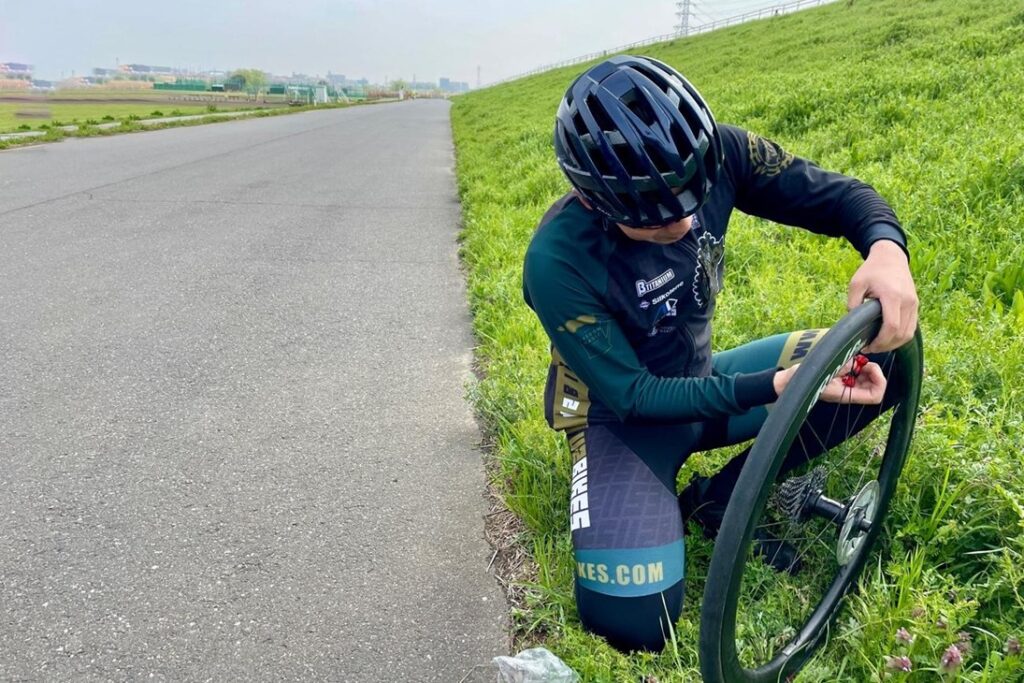
When preparing for your trip, don’t just check your bike and plan your route—also prepare to ask for help in Japanese. That way, even if the unexpected happens, you can handle it calmly and keep enjoying your cycling adventure in Japan.
- HOME
- Travel Tips for Cyclists
- Your Lifesaver in an Emergency: Essential Japanese Phrases for Cyclists in Japan
- HOME
- Safety Tips for Riders
- Your Lifesaver in an Emergency: Essential Japanese Phrases for Cyclists in Japan



